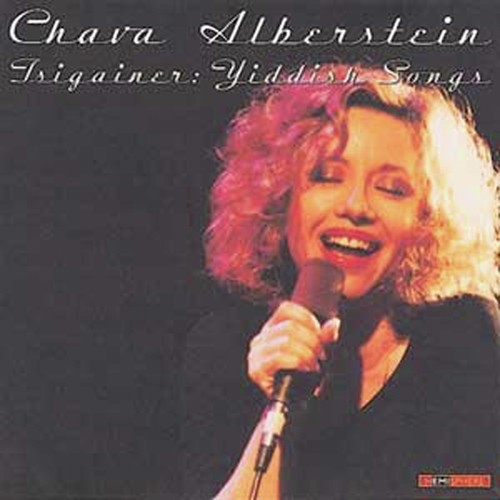


According to the comment in Haaretz, the translation of the word Dana (from Yiddish to Hebrew) was provided by Kol Israel in 1962, when the song was performed by Nechama Hendel. A comment appearing in the Hebrew newspaper Haaretz (ref ), gives the meaning of Dana as the sound that was commonly made by the guide of a horse-drawn cart to encourage the horse to continue to step forward as it drags its heavy load. Zeitlin, who spent most of his life in the Polish-speaking world before emigrating to the US in 1939, likely took the 'dana' refrain from this source. Some believe it to be a nonsense word, but it may have earlier ritual origins in Polish song or be imitative of musical instruments. The words 'dana, dana' are a common refrain in Polish folk song, heard often in formulas such as 'Oj, dana dana, moja dana'. There are various views as to the meaning of the words 'Dana, dana' in the original Yiddish version of the song, repeated sixteen times in each chorus. Secunda wrote "ha ha ha" for the choral score with the broken chords. There are some differences between the original and the melody that are well known. Secunda wrote "molto rit." (suddenly much more slowly) for the ending of the first verse. Then "he" sings the melody, and "she" sometimes sings "Dana", other times sings "Ah" with a high voice or technical passage. Although singing the third part of "Dana Dana" (="Dana Dana Dana Dana.") the man sometimes sings lower than the melody using disjunct motions. First, a woman (Secunda wrote "she") sings four bars and then the man (Secunda wrote "he") sings the next four. He wrote "piu mosso" (more rapidly) for the refrain and some passages that emphasize the winds. The melody of the introduction was also used at the end of the song. He wrote for the choral score "andantino" (somewhat slowly) and "sempre staccato" (play staccato always). The Yiddish text was written with Roman alphabet. Secunda wrote "Dana-" for the orchestral score and "Dana Dana" for the vocal scores. The original is 2/4, in G minor for a duo of a man and a woman, choral with the orchestral accompaniment. The orchestra plays the "Dana Dana" melody at several points in Esterke. The YIVO standardized transliteration system was not then in widespread use, and many Yiddish transliterations looked like German, to which the Yiddish language is closely related. The text underlay in the score and parts is otherwise romanized in a phonetic transcription that appears oriented toward stage German. The lyric sheet is in typewritten Yiddish and handwritten Yiddish lyrics also appear in the piano score. The lyrics, score, parts, and associated material are available online in the Yiddish Theater Digital Archives. Rohan Kriwaczek, Klezmer, Art Music, and the Guild."Dana Dana" was written for the Aaron Zeitlin stage production Esterke (1940–41) with music composed by Sholom Secunda.Yitzhak Yedid performs Shabbat Baqashot."The Jewish Songbook" according to Adam Sandler.David Fagin interviewed by The Jewish Television N.viel Herz und Gefiehl - Andrea Giani and Gefilte.

Diamond Days, or When Is a Jewish music fest not a.Lori Cahan-Simon, folklorist, vocalist, and guest DJ.Train De Vie - Gypsy meets Klezmer music.Fortuna - Brazilian Sephardic Vocalist sings Shalo.Lipa Schmeltzer's New Album: A Poshiter Yid.You can reach me at jackzero gmail dot com, at Jack Zaientz on Facebook, or Teruah on Twitter. Please email me about your band, event, album, blog, podcast, research or favorite Jewish music obsession. Hear me interviewed on the Israel National Radio show "The Beat with Ben Bresky" Why the name Teruah? Teruah is a call on the shofar on Rosh Hashanna. The Teruah blog helps me document my exploration and share it with others. In addition to loving its musical and spiritual qualities, Jewish music helps me connect my family with a much broader and diverse Jewish culture than is available locally. It's contemporary hip-hop, punk rock, electronica, jazz, and chamber music. It's thousand year old hymns, three hundred year old Shabbat table songs and 60 year old partisan resistance songs. Jewish music is Klezmer dances, Sephardic ballads and Chassidic niggun. I started getting a clue a few years ago. For me, Jewish music used to be Adon Olam, Hava Nagila, and Fiddler on the Roof. I'm a Conservative Jew living in a Christian farm town in Michigan, USA.


 0 kommentar(er)
0 kommentar(er)
